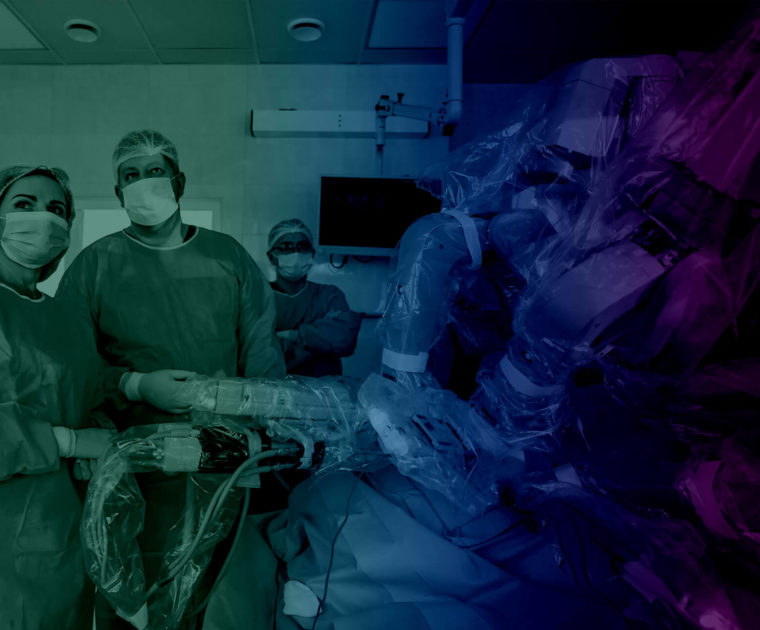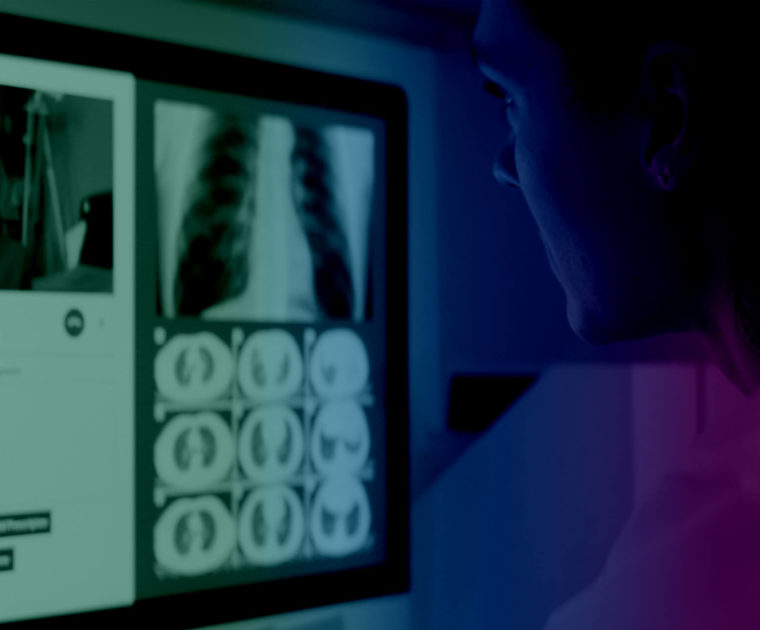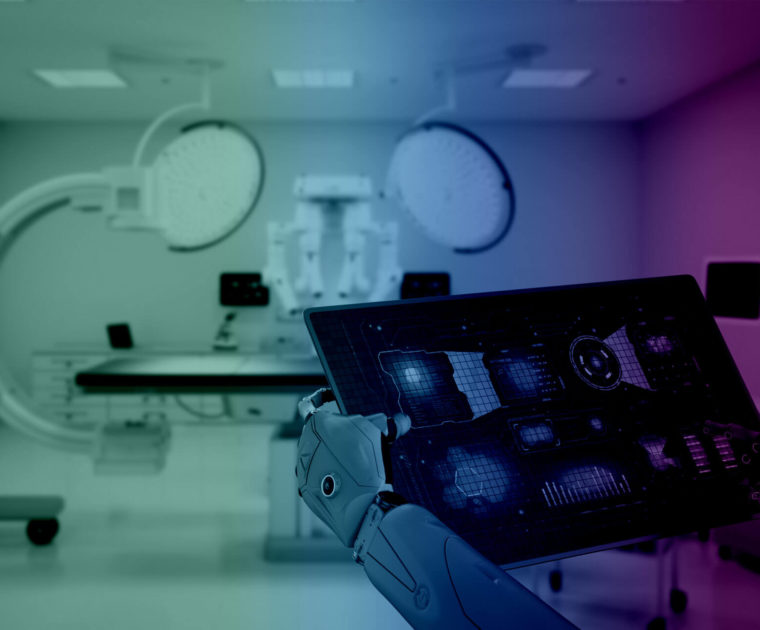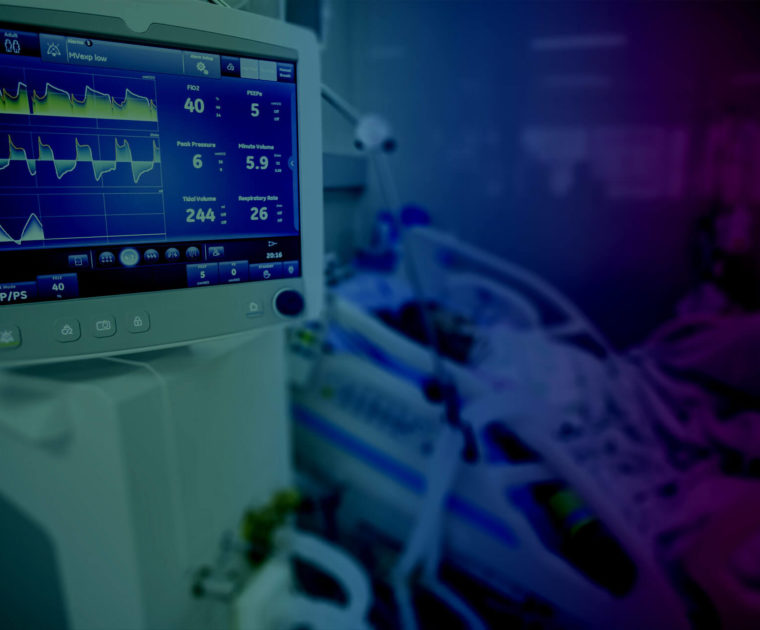In medical consultations it is increasingly rare, or almost impossible, to see the doctor writing a prescription by hand. Now doctors use the computer and, in most cases, we don’t even need them to print the prescription.
Thanks to technology, the information goes directly to the health card that we present at the pharmacy to receive the prescribed medicine. This is just one example of how technology has modernized the healthcare sector in recent decades, which means greater efficiency in this service but also implies a greater need for electrical safety.











